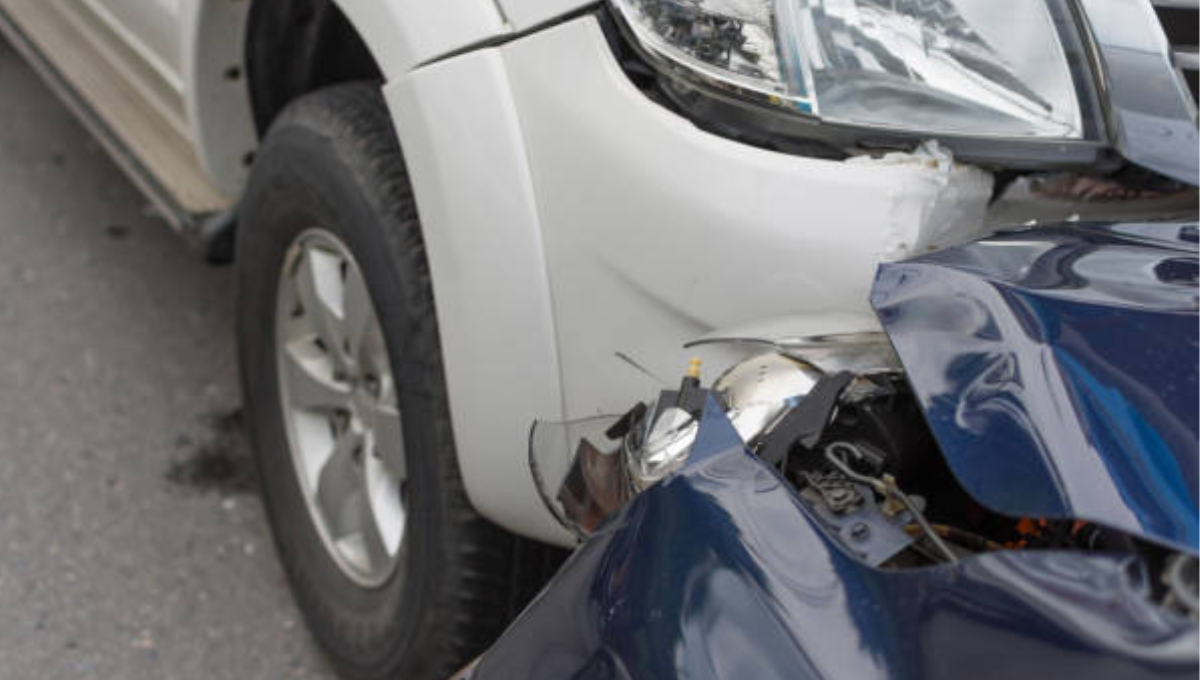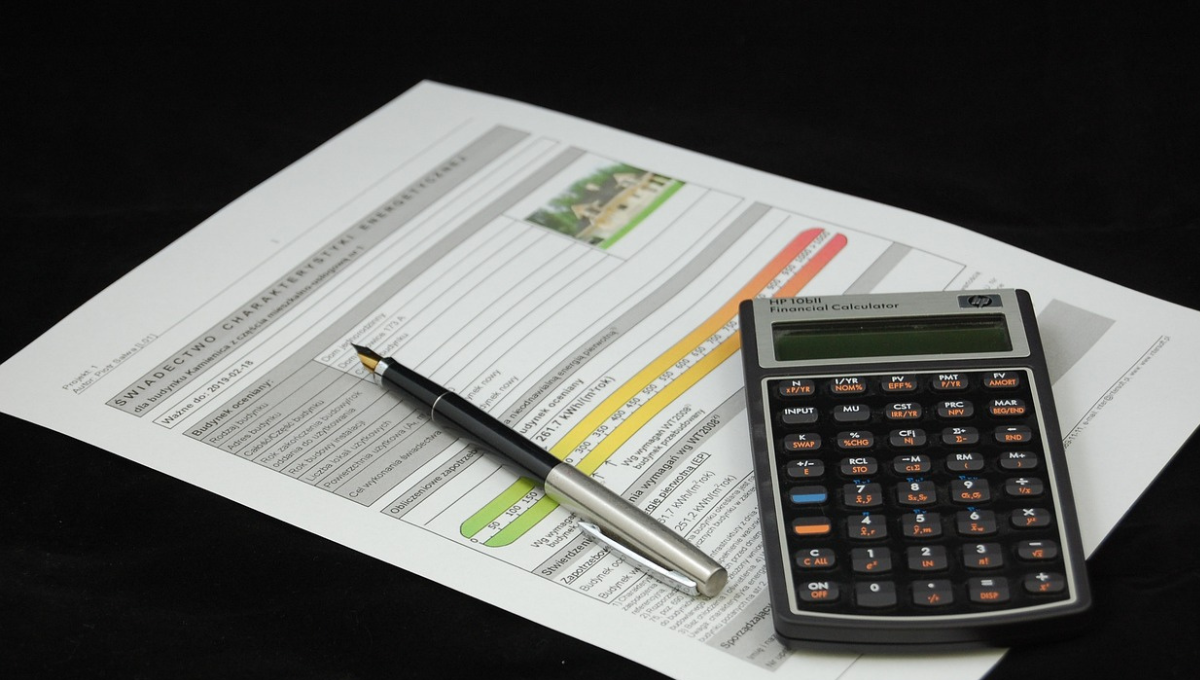Have you ever stared at your auto insurance bill and wondered if you’re overpaying? Or maybe you’ve heard friends rave about better rates and perks from a different provider, leaving you curious but hesitant. Switching auto insurance can feel like a leap into the unknown—will there be a gap in coverage?
Could you lose the protection you rely on? These worries stop many drivers in their tracks. But here’s the good news: with the right approach, you can switch auto insurance smoothly without risking your peace of mind.
Why Consider Switching Auto Insurance?
Switching auto insurance isn’t just about chasing a deal—it’s about finding the right fit for your life. Your needs evolve, and so should your coverage. Let’s explore why drivers in the U.S. make the switch.
Common Reasons to Switch
- Rising Premiums: If your rates climb without explanation, it’s time to shop around.
- Poor Customer Service: Long hold times or unhelpful reps can push you away.
- Life Changes: A new car, a move, or a better driving record might qualify you for savings elsewhere.
- Better Coverage Options: Some insurers offer perks like roadside assistance or accident forgiveness that your current one lacks.
According to a 2023 J.D. Power study, 30% of U.S. drivers switched insurers in the past year, with cost savings being the top motivator. Shopping around can save you an average of $300 annually, per the Insurance Information Institute (III).
Can You Switch Auto Insurance Without Losing Coverage?
Yes, absolutely! The trick lies in timing and preparation. A coverage gap—however brief—could leave you vulnerable to financial ruin if an accident happens. Here’s how to avoid that pitfall.
Understanding Coverage Continuity
Auto insurance in the U.S. operates on a policy term, typically six or twelve months. You’re free to switch at any time, but canceling mid-term might trigger fees or refunds. The goal? Line up your new policy to start the instant your old one ends.
Pain Point Solved
Worried about a lapse? By syncing your new policy’s start date with your current policy’s end date (or cancellation date), you ensure uninterrupted protection.
Step-by-Step Guide to Switching Auto Insurance
Switching auto insurance doesn’t have to be overwhelming. Follow these steps to transition seamlessly.
Step 1: Assess Your Current Policy
- Review your coverage limits (liability, collision, comprehensive).
- Check your policy’s expiration date.
- Note any discounts or perks you’d hate to lose.
Step 2: Shop Around for Quotes
- Compare at least three insurers—think Progressive, Geico, or State Farm.
- Use online tools or call agents for personalized quotes.
- Look beyond price: weigh coverage options and customer reviews.
Step 3: Compare Coverage and Costs
Here’s a sample comparison table based on average U.S. rates in 2025:
| Insurer | Monthly Premium | Liability Coverage | Collision Coverage | Extras |
|---|---|---|---|---|
| Geico | $110 | $50,000/$100,000 | Yes | Roadside Assistance |
| Progressive | $125 | $50,000/$100,000 | Yes | Accident Forgiveness |
| State Farm | $130 | $100,000/$300,000 | Yes | Multi-Car Discount |
Note: Rates vary by state, driving history, and vehicle type.
Step 4: Choose Your New Policy
- Pick the plan that balances cost and coverage.
- Double-check the effective date—set it to match your old policy’s end.
Step 5: Notify Your Current Insurer
- Call or email to cancel, specifying the date.
- Ask for written confirmation of cancellation to avoid overlap or gaps.
Step 6: Finalize the Switch
- Sign your new policy documents.
- Update your insurance ID card in your car and digital wallet.
Pro Tip
Avoid canceling your old policy until your new one is active. Overlapping coverage for a day or two beats the risk of a lapse.
Timing Your Switch: When’s the Best Moment?
Timing can make or break your switch. Let’s break it down.
End of Policy Term
- Switching at renewal avoids mid-term cancellation fees.
- Gives you time to shop without pressure.
Mid-Term Switching
- Possible, but check for penalties (usually $25–$50).
- You might get a prorated refund for unused time.
After a Rate Hike
- If your premium spikes, don’t wait—start comparing immediately.
The III reports that 15% of drivers face unexpected rate increases annually, often prompting a switch. Acting fast can lock in savings.
What to Watch Out For When Switching
Switching auto insurance isn’t without risks. Here’s how to sidestep common traps.
Coverage Gaps
- Even a day without insurance violates most state laws and risks penalties.
- Solution: Confirm your new policy’s start date in writing.
Hidden Fees
- Early cancellation fees or setup costs with a new insurer can eat into savings.
- Solution: Ask upfront about all charges.
Loss of Discounts
- Loyalty or bundling discounts might not transfer.
- Solution: Negotiate with your new provider to match them.
Common Pitfalls and Fixes
| Issue | Risk | Fix |
|---|---|---|
| Coverage Gap | Legal fines, accident costs | Sync policy dates |
| Cancellation Fees | Unexpected expense | Check policy terms |
| Lost Discounts | Higher premiums | Ask new insurer to match perks |
How to Find the Best Auto Insurance Provider
Not all insurers are created equal. Here’s what to prioritize.
Reputation and Reliability
- Check J.D. Power ratings or online reviews for claims satisfaction.
- Example: State Farm scores high for service, while Geico shines on price.
Coverage Options
- Look for add-ons like rental car reimbursement or gap insurance.
- Tailor your policy to your car’s value and driving habits.
Price vs. Value
- Cheapest isn’t always best—$20 more per month might buy peace of mind.
- Average U.S. premium in 2025: $1,500/year (III data).
Customer Support
- Test their responsiveness with a quick call before signing up.
Legal Requirements for Auto Insurance in the U.S.
Every state has minimum coverage rules. Switching means staying compliant.
Minimum Coverage by State (Examples)
| State | Liability Minimum | Uninsured Motorist Required? |
|---|---|---|
| California | $15,000/$30,000 | No |
| Texas | $30,000/$60,000 | No |
| New York | $25,000/$50,000 | Yes |
48 states mandate liability insurance; New Hampshire and Virginia have exceptions but require proof of financial responsibility.
Tip: When switching, ensure your new policy meets or exceeds your state’s minimums.
Real-Life Scenarios: Switching Done Right
Let’s see how this works in practice.
Scenario 1: Sarah from Texas
- Problem: Premium jumped from $100 to $140/month.
- Action: Compared quotes, switched to Progressive for $115/month with better coverage.
- Result: Saved $300/year, no lapse.
Scenario 2: Mike in California
- Problem: Needed roadside assistance his insurer didn’t offer.
- Action: Switched at renewal to Geico, syncing dates perfectly.
- Result: Gained perks without extra cost.
Final Thoughts: Drive Forward with Confidence
Switching auto insurance doesn’t have to feel like a high-stakes gamble. Armed with the right steps—assessing your needs, comparing options, and timing the transition—you can glide into a new policy without missing a beat. Imagine the relief of lower premiums, better coverage, or a provider that actually answers the phone when you need them. That’s not just a dream; it’s within reach.
In a world where every dollar counts and peace of mind is priceless, taking control of your auto insurance is a small but mighty victory. So, why wait? Start exploring today, and steer your way to a smarter, safer ride.
References
- “2023 U.S. Auto Insurance Study” – J.D. Power
- “How Much Can You Save by Shopping for Auto Insurance?” – Insurance Information Institute
- “State Minimum Car Insurance Requirements” – NerdWallet
- “How to Switch Car Insurance Companies” – Forbes Advisor
- “Average Car Insurance Rates in 2025” – Bankrate







